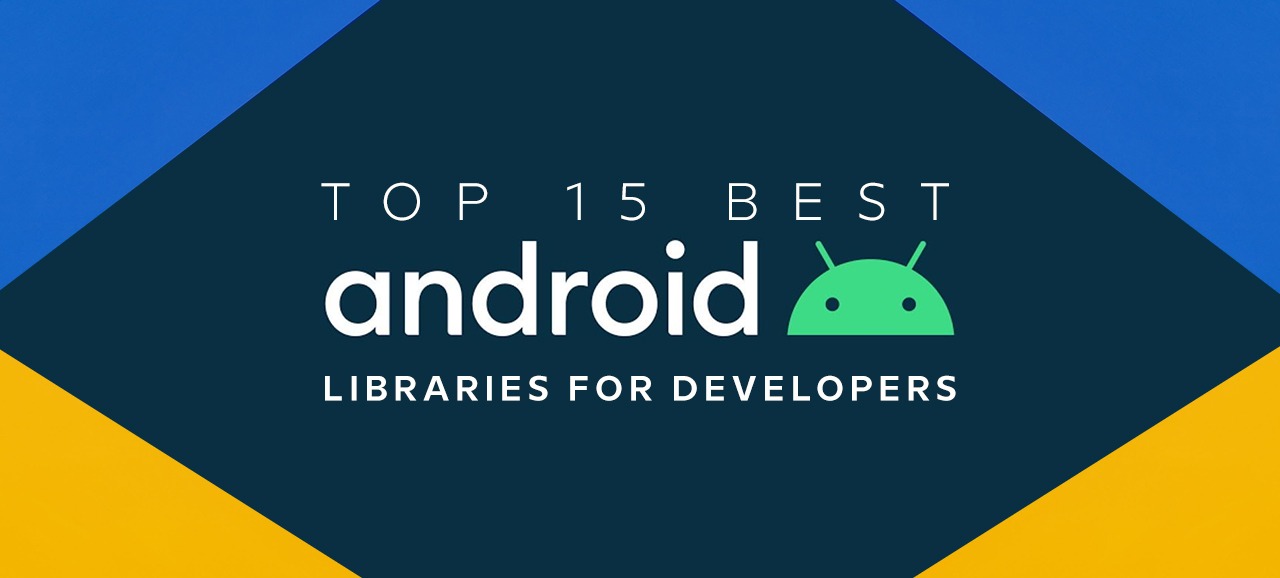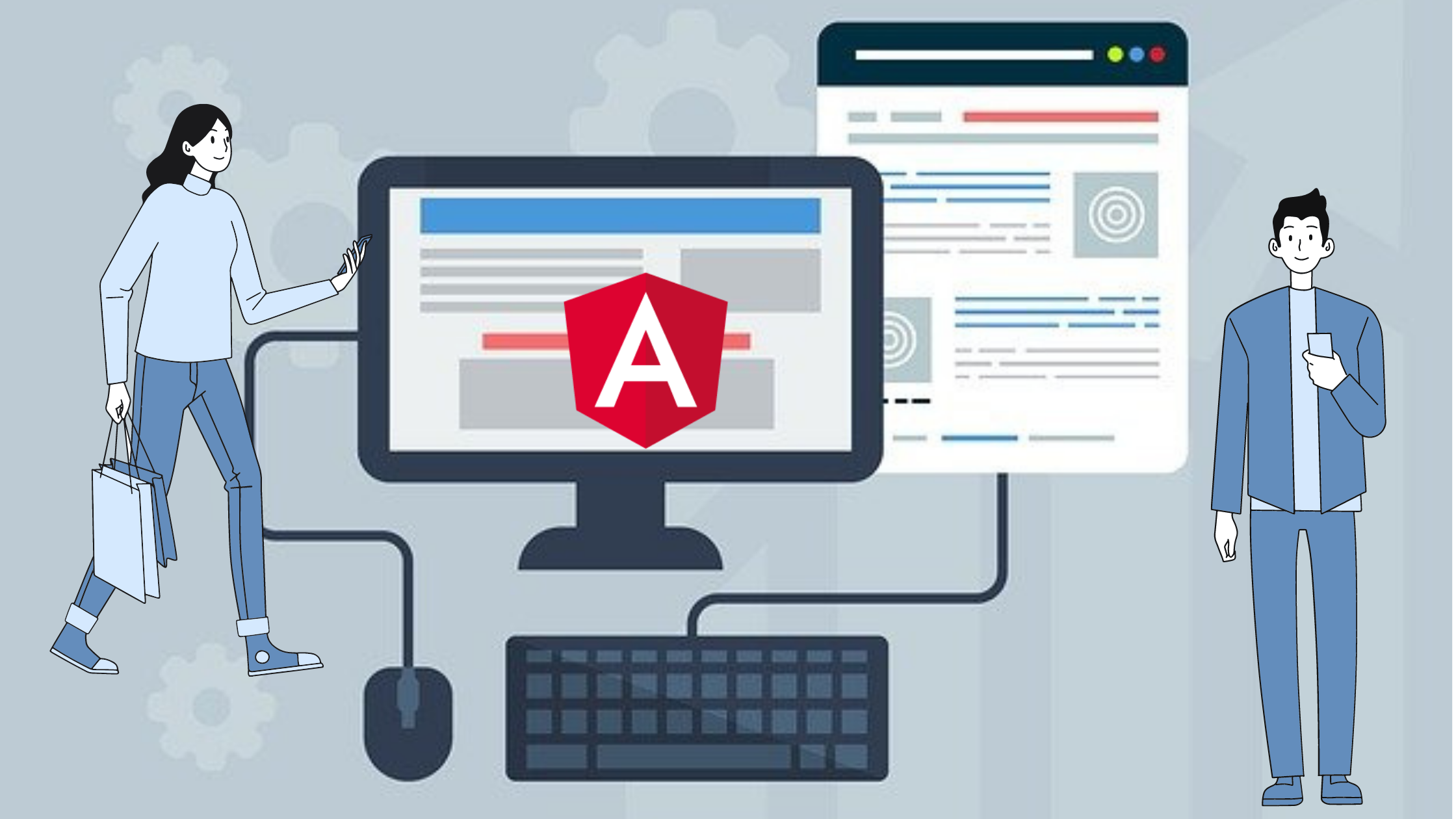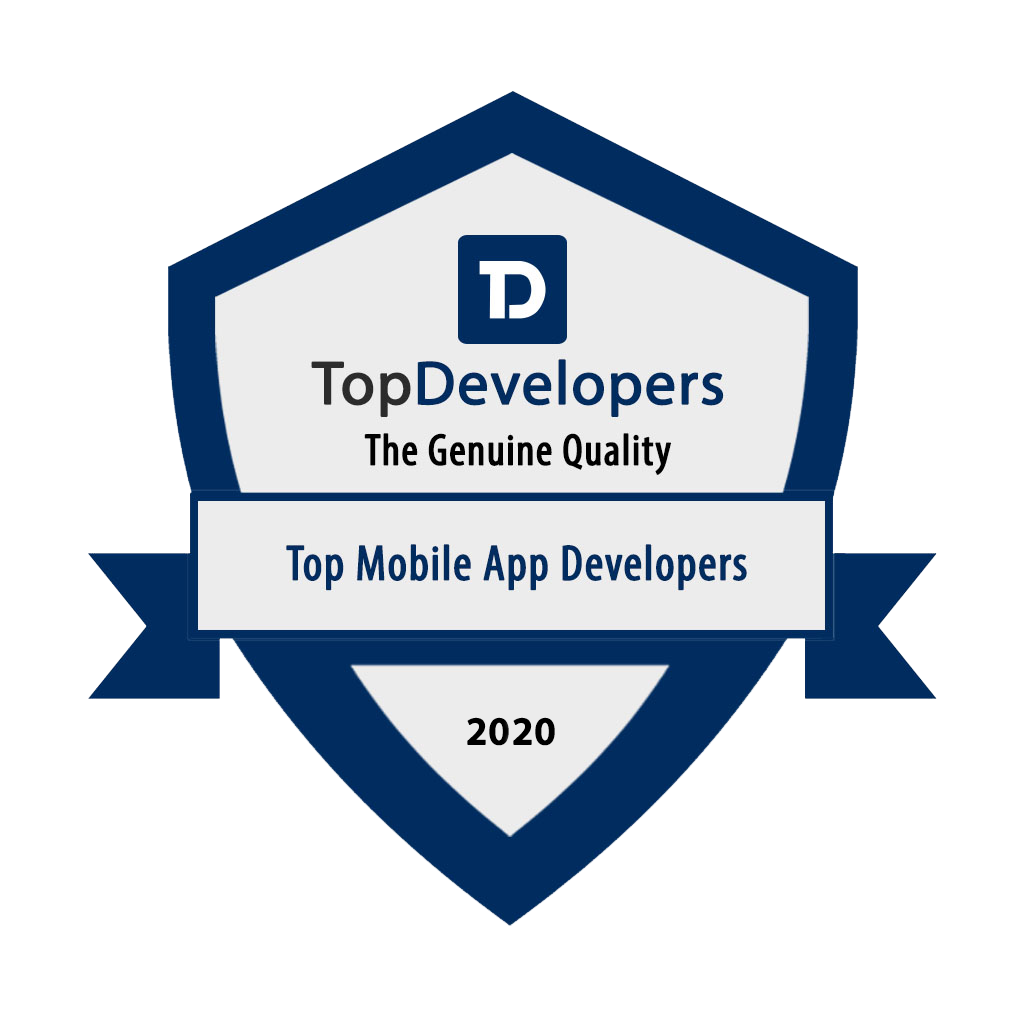
Android frames and libraries have a set of behavioral startups written in programming languages and have a well-defined interface.
These android libraries typically include text, configuration data, message templates, help data, pre-written code and subroutines, values, classes, a few counts.
One of the main reasons for using these libraries is to speed up the development process, that is, to develop an amazing application without unnecessary or additional effort. These libraries provide developers with pre-written basic codes and other essentials that can be used faster than performing these tasks right away. Sometimes you need to look for third party libraries for android, here we bring you a list of some cool android libraries list.
So, if you have just started your career in the creation of Android apps and want to know about popular android libraries that are good for almost every leading Android app development company, then this article is we will gives you names of some best android libraries for developers. Also we can consider libraries as a best tool for android development.
List of best android libraries for developers with category
Best Dependency Libraries-
Before moving on to the list of the latest and most recent Android 2020 Dependency Injector libraries, why not take a moment to understand what Dependency Injector is?
1. Dagger 2:
One of the great things about Dagger 2 is that it relies heavily on using Java annotation processors and time to integrate measurement and dependency analysis. In contrast, some Java-based injectable libraries suffer from limitations such as relying on XML, obtaining performance penalties for the first time, or dealing with reliability issues during launch.
Android networking library-
Here are the tools you need to establish any type of network connection within the Android app.
2. Retrofit:
Retrofit is a secure REST client for both Android and Java, which intelligently organizes the API on the client connector with the help of annotations. Previously, if you wanted to make a network application, you needed to create an Async task category and then use HttpsUrlConnection to download data, something you should have done when dealing with APIs that retrieve big data. This has now been resolved by Retrofit.
One can power endpoints and headers, add application and query body parameters, and select request methods - all with annotations in Retrofit. In addition, this Android library also handles analysis for POJOs through translators.
Start by adding dependencies to your build file applications.
After adding a dependency to your build.gradle file for your application, you must add the dependence of the converters you intend to use.
Best android libraries of Image Loading-
Image upload libraries are the knight of light weapons that fight the problem of “out memory error” in Android apps caused by loading multiple images at a time. Let's take a look at the best Android library options out there in this section.
3.Picasso:
Hosted by Square, Picasso is a reliable and widely used Android photo library. Picasso claims to allow the uploading of seamless images into the app - usually in a single line of code.
Other pitfalls Picasso manages include re-image ImageView and adapter cancellation uploads, simplifying image conversion using minimal memory, default memory, and cache storage.
Additional features that make Picasso a popular choice among Android app developers are -
- Picasso automatically detects adapter usage and pre-canceled downloads.
- It converts images easily and effectively to make them better aligned in formats and reduces memory size.
- With high-quality results, one can specify customized conversions.
4. Glide:
Glide is another acclaimed image uploader and one of the newest Android developers' libraries, owned by Bumptech. Not only this, but it is also recommended directly by Google.
Glide not only provides portable GIF support while handling image uploads and cache but also assists in downloading, coding, displaying video calls, photos and in these GIFs. It also features a flexible API that allows developers and programmers to connect to any network stack, because its default stack is HttpUrlConnection.
This library aims to make the scrolling process of any image as smooth as possible. In addition, it also works if you need to download, resize, or even display a remote image.
Scanning libraries-
In order to integrate scanning features while developing standard Android apps and maximizing their performance, developers selected the libraries listed below.
5. Zxing:
An adjective of 'Zebra Crossing', ZXing a barcode image processing library made in Java, with ports in other editing languages. The library also has 1D product support, 1D industries, and 2D barcodes.
Google also uses ZXing to make millions of barcodes identified on the web. It also forms the basis of the Barcode Scanner app for Android and is integrated into Google Book Search and Google Product.
6. CAMView:
This is another effective way to scan the ZXing barcode. It is an easy-to-access Android camera library with embedded QR-based QR scanner.
CamView Library has a set of items (simple views) set to be placed in your editing files, allowing developers and providing instant access to
- Live video feed from the device's camera
- Scanning barcodes with the help of ZXing's built-in stop engine
- Enabling your camera to process data
View Binding android librarries-
The need for binding libraries began to emerge when there was a need to reduce boilerplate code when providing flexible views.
7. ButterKnife:
Developed by Jake Wharton, ButterKnife is a well-known document binding library that helps give ids a much easier look, which is why over-the-top findViewByld avoids. The statement- "Butterknife is like the Dagger only with infinitely sharp sharpness" indicates that binding the idea is a form of dependence injection. The only difference is that ButterKnife annotations are used to generate boilerplate code.
The code below shows that ButterKnife eliminates the need for things like onClick and onTouch while inserting auto-encoded code.
8.Android Databinding:
Built within the Android Support Library, the Android Databinding library requires at least Android Studio Version 1.3 to work. Unlike ButterKnife, this Android binding library does not use annotations. Allows you to bind UI components to properties in the app's data sources with the help of the disclosure format instead of the application.
Here the properties are defined in code functions that require UI framework methods, i.e., see the code below. It takes findViewById () to get the TextView widget while binding it to the user's property.
Debugging android libraries-
Probably the most important step in the app development process, fixing an app problem before its final release is as important as it gets. For this purpose, let's look at some useful libraries.
9. Stetho:
Stetho says it is "a complex bug fix for Android apps". Use of this library is not limited to Network testing, data testing, JavaScript Console, etc. However, developers use it to access Chrome Developer Tools features that are part of the Chrome desktop browser. Additionally, developers may choose to disable the dumping app tool that provides a command line interface for in-app readers.
Reactive programming-
In the operating system, data is transferred from an object (to the source if you prefer) to another unit known as the registrar, which helps to manage asynchronous operations efficiently. So in a nutshell, these libraries help transfer information from source to subscribers. Some of the most widely used Android libraries for this purpose are following.
10. RxJava2:
If you are looking for a library that helps you run an operating system (create running apps), then RxJava is a good choice for you. It is officially described as "a library of composing asynchronous and incidental programs through visual sequence".
This library is considered invincible by Android app developers because it simplifies the process of connecting async tasks, opens up a clearer way of declaring how compatible tasks should work, is able to highlight errors faster than other libraries, among other things.
Drawing libraries -
There are hundreds of new libraries being created every day, but very few are able to entertain engineers and prove their mettle. Here are some libraries for Android apps standing out from the crowd.
11.MPAndroidChart:
MPAndroidChart is an unparalleled chart / graph view library. Supports radar, line, bar, bubble, pie, flip charts and measure, animation and drag.
If you are looking for its iOS partner at the moment, the charts are for iOS app development.
12. Hall Graph Library:
It is another new library that continues to be a favorite of many Android app development companies. This library is ready to add graphically designed charts and charts to Android apps. Including -
- LineGraph Line
- BarGraph View
- PieGraph View
- MultiSeriesDonutGraph views
UI componants-
The user interface is a prominent and unobtrusive feature of the Android app development. New inventions and developments have emerged over the years in the domain of the UI, one of which is Gravity View.
13. Gravity View:
The big idea 'inside' the market is the idea of gravity. This is a library used to enhance the image using the senses. The purpose of the Gravity View library is to use the movement sensors of Android devices, allowing users to perform specific tasks by swapping their device.
This Android UI library was first used in the popular “Fynd” program and has continued to be a favorite of many to this day. You need to use Android 3.0 and above to use this library. Additionally, if you need to use it on non-gyroscope devices, you can do that with the help of the Accelerometer sensor.
Testing-
Testing your project is a way to ensure the capabilities and functionality of your mobile app. You can use these libraries to test your mobile app before sending it to market.
14. Espresso:
Part of the Android test support library, Espresso is obviously a test framework that enables developers to create visual interface applications for Android apps. It means that this library allows you to write tests and check whether TextView text is the same as other text or not. Provides real user experience using the app, which works on both real devices and emulators.
To use this library, please add a reliance on the app build file.
15. Robolectric:
Robolectric is another incomparable unit test library. What this library does is that it manages to depreciate in the download of resources, views, among other things. It makes library-built tests more efficient and powerful in performing the tasks performed by real devices that rely on the Android framework. In a sense, Robolectric mimics the Android SDK for tests, eliminating the need for additional humorous frameworks like Mockito.
Now again, you need to add a reliance on your building application file.gradle, followed by creating a test section for testing -
These libraries came to this list based on the popular recommendation of Android developers. Their features, their activities, and their teamwork contribute to the beauty of their purpose.
Conclusion-
So these were the android libraries list for developers which you can use.
We are SchultzCode Technologies, we are development company. We provide services like App development, web development, IOT development, and have experts of blockchain, E-Commerce development and much more. If you want to develop an app for your business then we are here to help you. You can contact us to get solution from our experienced developers.
31 Jan 2021
Our Blog
Developing high people management standards to encourage personal development, professional excitement and employee retention.










